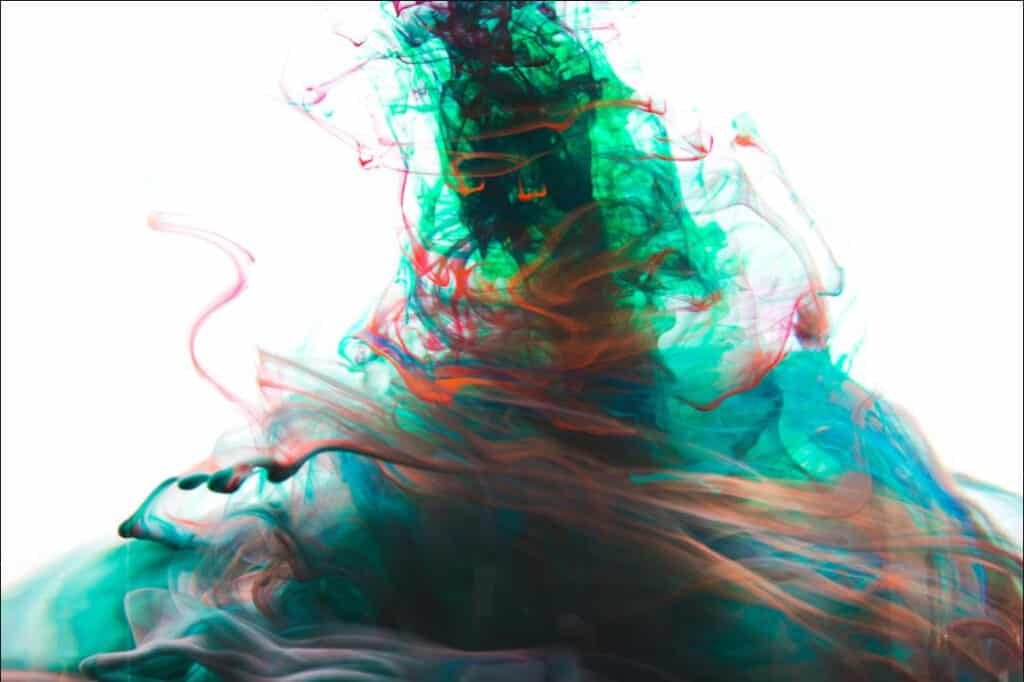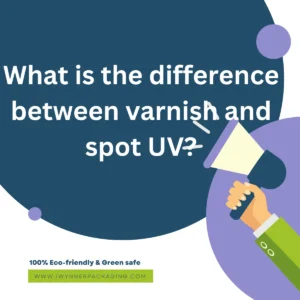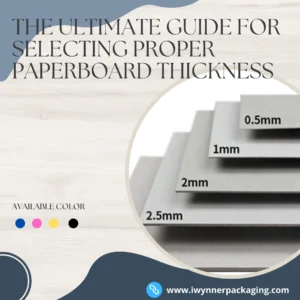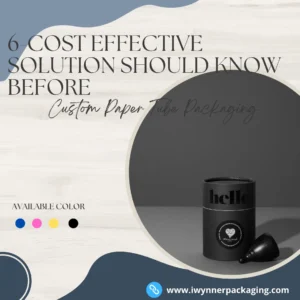What is CMYK?
CMYK consists of four primary colors: cyan, magenta, yellow and black-overlapping each other to achieve the full-color spectrum.
1+1=2,cyan+magenta+yellow+black=?Apparently, we did not know what those colors can make. And how is the situation without colors in our life? It brings a lot of surprises. those four colors can print ANY multicolor image the same four-color inks are used. The press runs 4 times to apply each ink individually. As the printing industry grew up, we knew that changing the number of cyan, magenta, yellow, and black would produce endless printing colors.
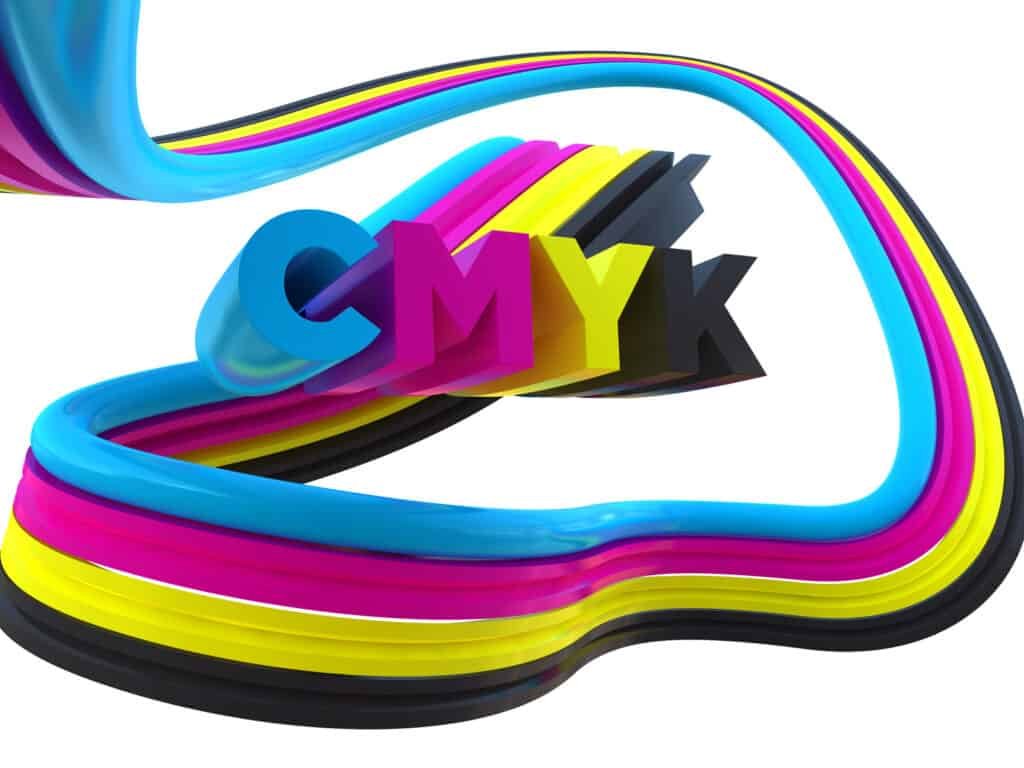
How about PMS?
Pantone provides a universal language of color that enables color-critical decisions through every stage of the workflow for brands and manufacturers.
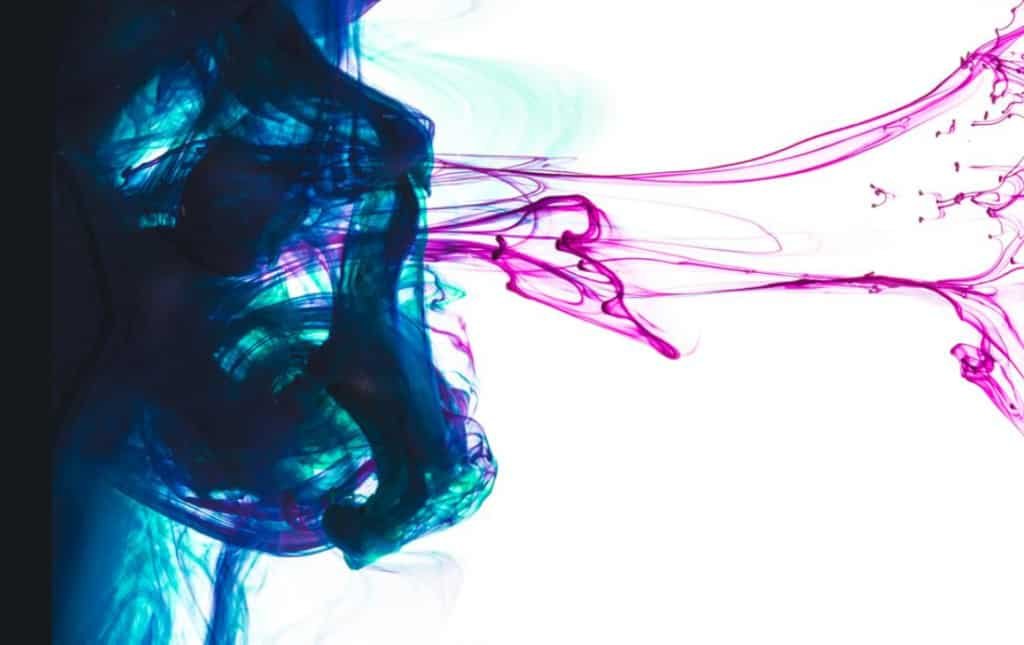
When we discuss Pantone colors, we often refer to the color space used in the Pantone Matching System(PMS).what a proprietary and standardized color system used across various industries in manufacturing it is. the majority of printing. By standardizing colors, different manufacturers in different locations can refer to the Pantone system to ensure that the colors match without directly touching each other. It uses pre-mixed inks before final printing. Each color could be printed on the fixed part and then mixed. Please check the example below.
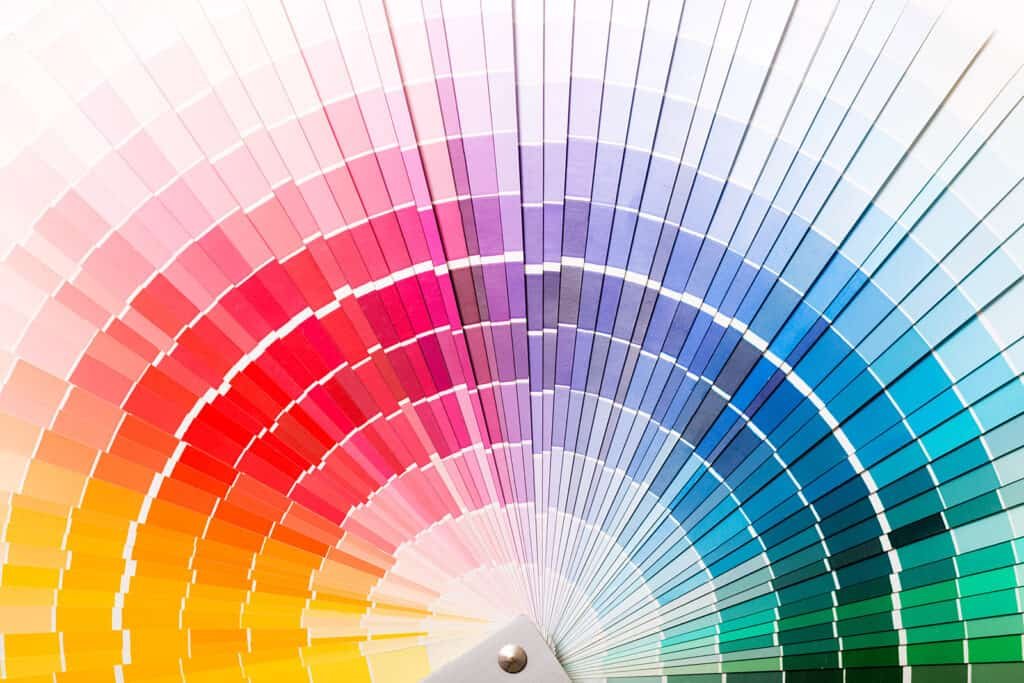
PMS color is more accurate, with no color difference. Like Hermes orange is a very precise color. Logo made from this color including different screens(shades)of this green 362 only one plate would need Pantone ink.

PMS color specific and takes highly precise mixes of ink to create an exact color. We have swatch books that allow us to find the PMS value for any type of CMYK work you have done in the past.
Usually, we ask if the color of your print item is CMYK or PMS. For designers and packaging manufacturers, this is common sense, but for business owners who want to print logos or other branding materials, this issue can cause confusion. As a Paper Tube Manufacturer dealing with the printing industry for more than 10 years, we will talk about CMYK and PMS today. Here’s your chance to learn.
The difference between CMYK and PMS
The main difference between CMYK and Pantone printing is the level of accuracy. The Pantone process is more consistent and able to produce colors closer in shade to the ones seen in the digital design stage. However, it is also more costly than CMYK in most cases, especially if the print job is small. With CMYK, it’s easier to bundle different jobs together than it is with Pantone. For a Pantone print job, the machine has to be prepped for each different print job. Therefore, it’s more cost-effective to run large print jobs with the Pantone system rather than small ones.
The differences between CMYK and Pantone should be considered when deciding which color process to use. For consistent branding and logos, Pantone is a better choice. For print jobs where exact color isn’t a concern, CMYK is the best choice. It all depends on the nature of the print job and budgetary constraints.
